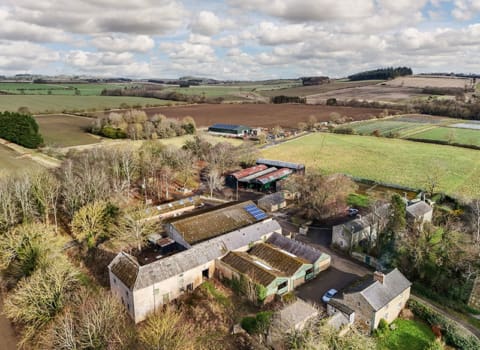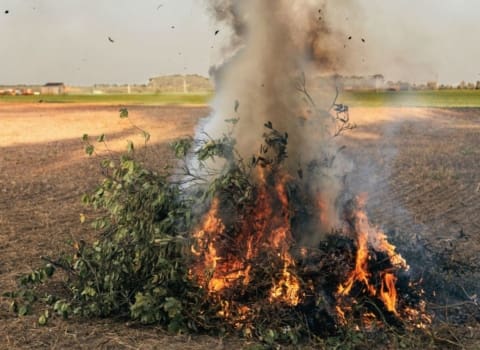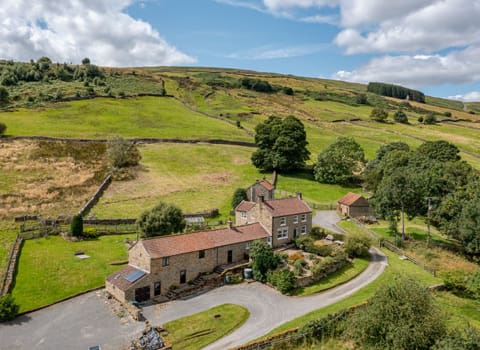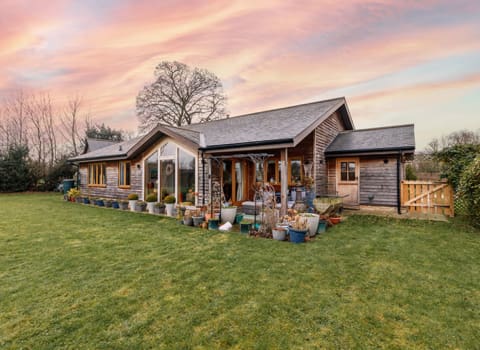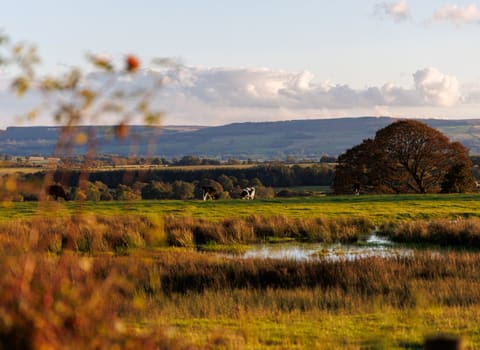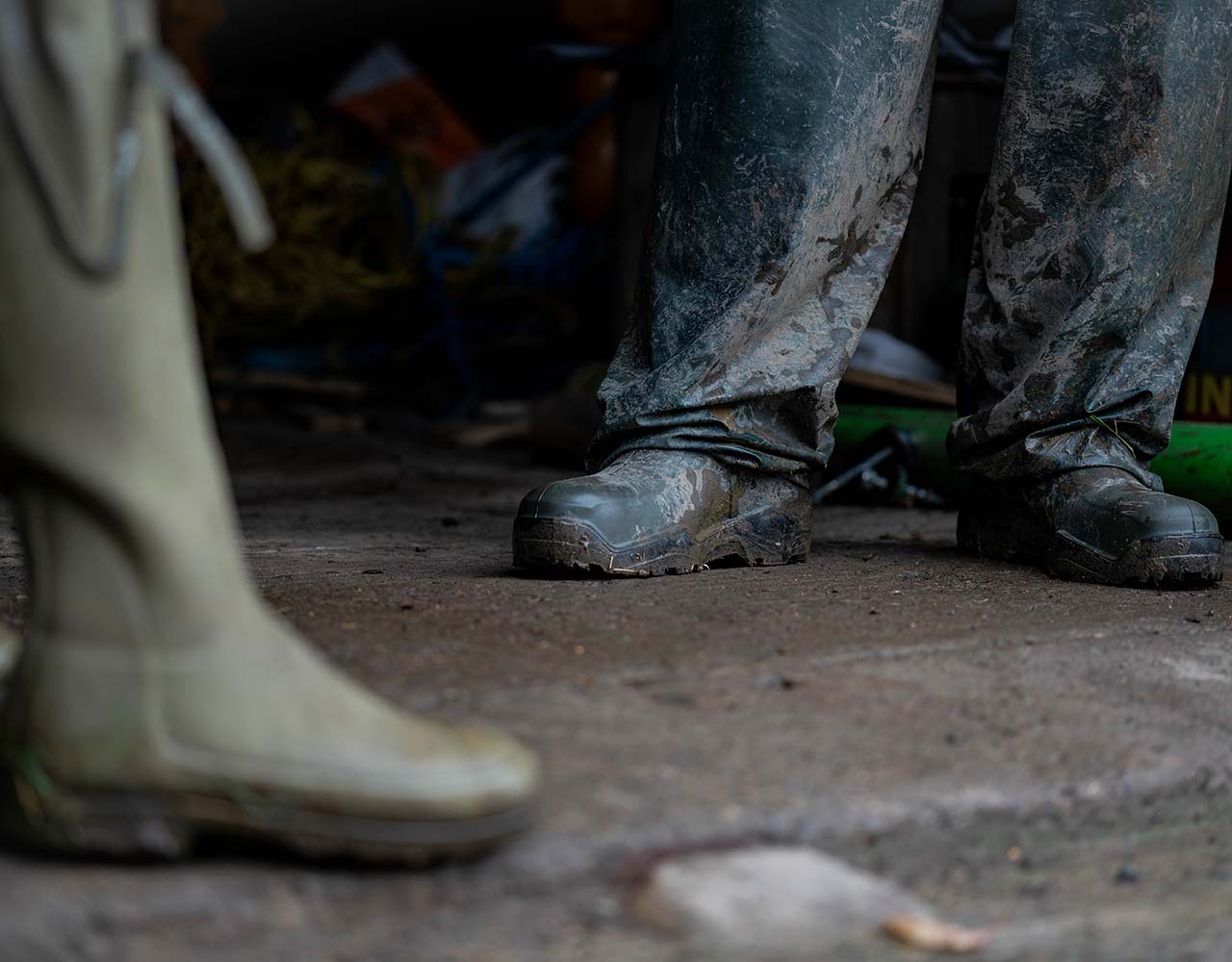Contact our offices
Main office
COLBURN
5 & 6 BAILEY COURT
COLBURN BUSINESS PARK
RICHMOND
NORTH YORKSHIRE
DL9 4QL
Estate Agency Offices are located in
BARNARD CASTLE, BOROUGHBRIDGE & RICHMOND
Residential Management Team
Our Offices
- Alnwick
01665 568310
Email Officealnwick@gscgrays.co.uk - Barnard Castle
01833 637000
Email Officebarnardcastle@gscgrays.co.uk - Boroughbridge
01423 590500
Email Officeboroughbridge@gscgrays.co.uk - Chester-Le-Street
0191 3039540
Email Officechester-le-street@gscgrays.co.uk - Colburn
01748 897630
Email Officecolburn@gscgrays.co.uk - Driffield
01377 337180
Email Officedriffield@gscgrays.co.uk - Hamsterley
01388 487000
Email Officehamsterley@gscgrays.co.uk - Hexham
01434 611565
Email Officehexham@gscgrays.co.uk - Kirkby Lonsdale
01524 880320
Email Officekirkbylonsdale@gscgrays.co.uk - Penrith
01768 597005
Email Officepenrith@gscgrays.co.uk
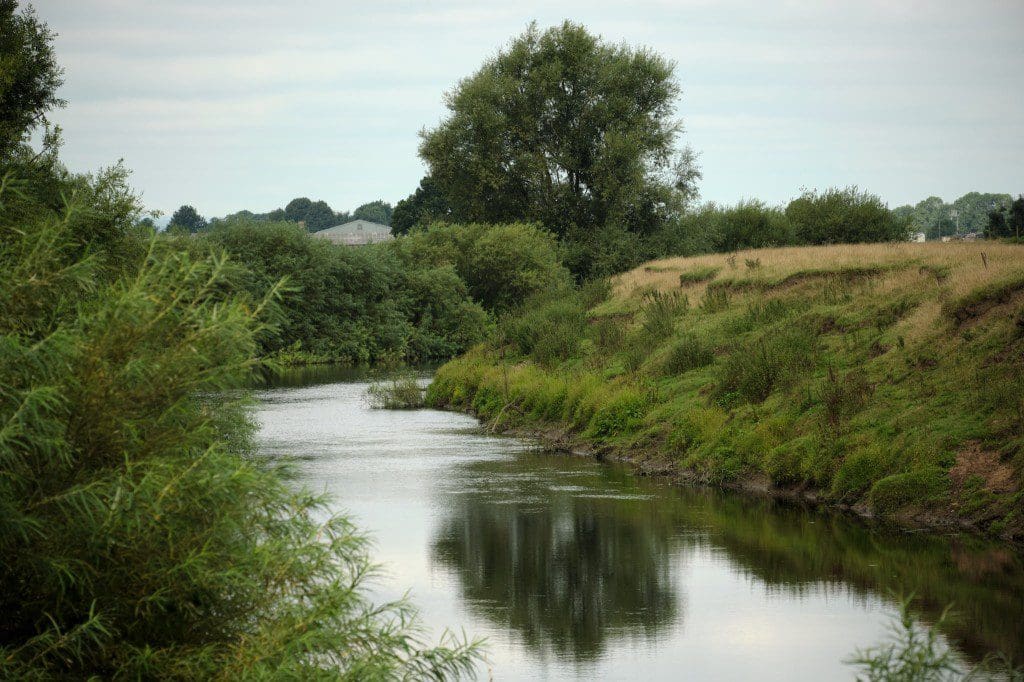
BIODIVERSTIY NET GAIN
With a focus on COP26 and the Net Zero agenda, associated issues are also looming large on the horizon. One of these is Biodiversity Net Gain, an ecosystem service which will introduce a new use/enterprise that landowners ought to be live to.
The Environment Bill introduced us to the concept of Biodiversity Net Gain (BNG). Simplistically, in order to secure planning consent for development, the biodiversity on site not only needs to be maintained, but increased by 10% on completion of the work.
Provision on site is currently favoured in the metrics used in the site assessment, however, the replacement habitat can be created off site and failing that, BNG credits can be secured through a Government insurance scheme.
Given the cost of getting sites to the point of a Planning Application, there will be a significant penalty for developers with sites which are stalled because they cannot deliver BNG in an acceptable form.
Over the coming months and years, a market place will become established for receptor sites. (Those on which new habitats will be created.)
It appears that there is a train of thought within Natural England that they might try to use off site BNG provision to help deliver their Local Nature Recovery Strategies. There is nothing in the current legislation which requires BNG receptor sites to be proximate to the development, nor to be like for like. Given that most development in the region will take place on intensively farmed land, the baseline bio-diversity is likely to be low and unexceptional. Arguably, there is a justification in seeking receptor sites which are located and designed to help deliver the Local Nature Recovery Strategy.
Whilst the metrics currently favours on site provision (by scoring it more highly), my personal belief is that a better quality habitat will be created away from the hustle and bustle of a development and I therefore favour off site provision. I suspect that there will be regional variations in approach as we all start to live with this new legislation.

A peculiar quirk of BNG is that brownfield sites are often the most diverse as they have frequently been allowed to re-wild to some degree. The consequence is that the BNG bar for these sites could be quite high, adding to what is often already an inflated development cost. In purely financial terms, this brings with it viability issues. If a brown field site is viable, because like for like replacement might be far more appropriate, the re-creation/retention of these habitats could add to the complexities of the site, making it more difficult to deliver. This is because most people would view a pile of rubble as an unsightly blot on the landscape, not a valuable wildlife habitat and this could influence master planning decisions or make it more difficult to secure a receptor site.
BNG should offer landowners some good opportunities, but much of the detail needed to actually implement the provisions of the Act will come forward in secondary legislation. We will likely face a period of time during which the primary legislation is enacted but the detail needed to deliver it, does not exist.
BNG early adopters should not be afraid of this void, but before stepping into it should be as well informed as they can be.
BNG is likely to be one of the first wide-spread commercial applications of ecosystem services and might well open other doors. Those might lead to carbon sequestration, improving the sustainability of investments or addressing corporate social/environmental governance issues.
We are entering exciting times for landowners with a plethora of alternatives to purely food production. These new opportunities can, of course, work hand in glove with commercial farming and should not be viewed as mutually exclusive but rather, a means of making the existing business more resilient. On this basis, if you have land which you might think could do more for you, then it might be suitable as a receptor site.



